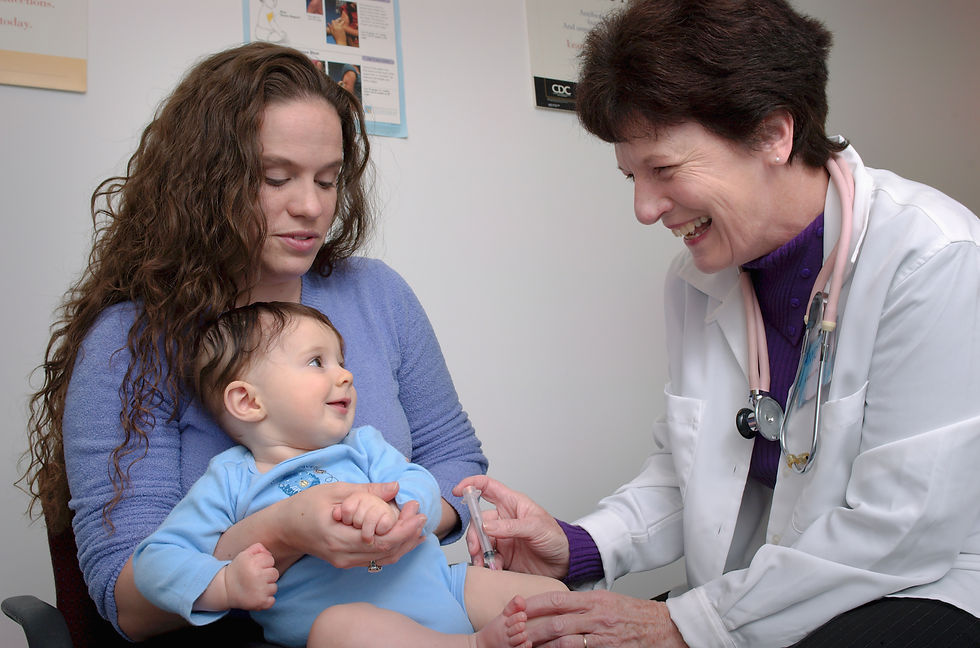prevent pediatric emergencies and ensure the safety of children
- Aruna Sunchu
- Jun 20, 2023
- 2 min read
To help prevent pediatric emergencies and ensure the safety of children, here are some simple preventive measures:

Childproof your home: Make your home environment safe for children by installing safety gates, securing heavy furniture and appliances, covering sharp corners, covering electrical outlets, and storing hazardous substances out of their reach.
Supervise children closely: Always keep an eye on children, especially around water, such as swimming pools, bathtubs, and buckets. Also, supervise them during playtime to prevent accidents. Maids should not be on phone but actually being with child
Promote proper car seat use: Ensure that children are always secured in appropriate car seats or booster seats based on their age, weight, and height. Follow the recommended guidelines and use the correct installation methods.
Practice water safety: Teach children how to swim at an early age and supervise them closely when they are near bodies of water. Encourage the use of life jackets when boating or participating in water activities. Avoid keeping hot water in the bathroom.
Teach road safety: Educate children about pedestrian safety, such as looking both ways before crossing the road, using designated crosswalks, and obeying traffic signals. Also, emphasize the importance of wearing helmets when riding bicycles or using other wheeled toys.
Ensure proper nutrition: Provide a well-balanced diet to promote healthy growth and development, which can reduce the risk of certain health conditions. Limit sugary snacks and drinks, and encourage regular physical activity.
Maintain a safe sleep environment: Follow safe sleep guidelines, including placing infants on their back to sleep, using a firm mattress and fitted sheet, and removing pillows, blankets, and stuffed animals from the crib to reduce the risk of suffocation or Sudden Infant Death Syndrome (SIDS).
Promote vaccination: Stay up to date with recommended vaccinations for children, as they can protect against various infectious diseases and reduce the likelihood of severe illness or complications.
Teach basic first aid and CPR: Learn basic first aid techniques and cardiopulmonary resuscitation (CPR) for infants and children. This knowledge can help you respond quickly and appropriately in emergency situations.
Regular check-ups and screenings: Schedule routine visits with a pediatrician to monitor your child's growth and development, as well as to identify any potential health concerns early on.
Remember, while these preventive measures can significantly reduce the risk of pediatric emergencies, accidents can still occur. In the event of an emergency, always seek immediate medical attention or call emergency services.




Comments